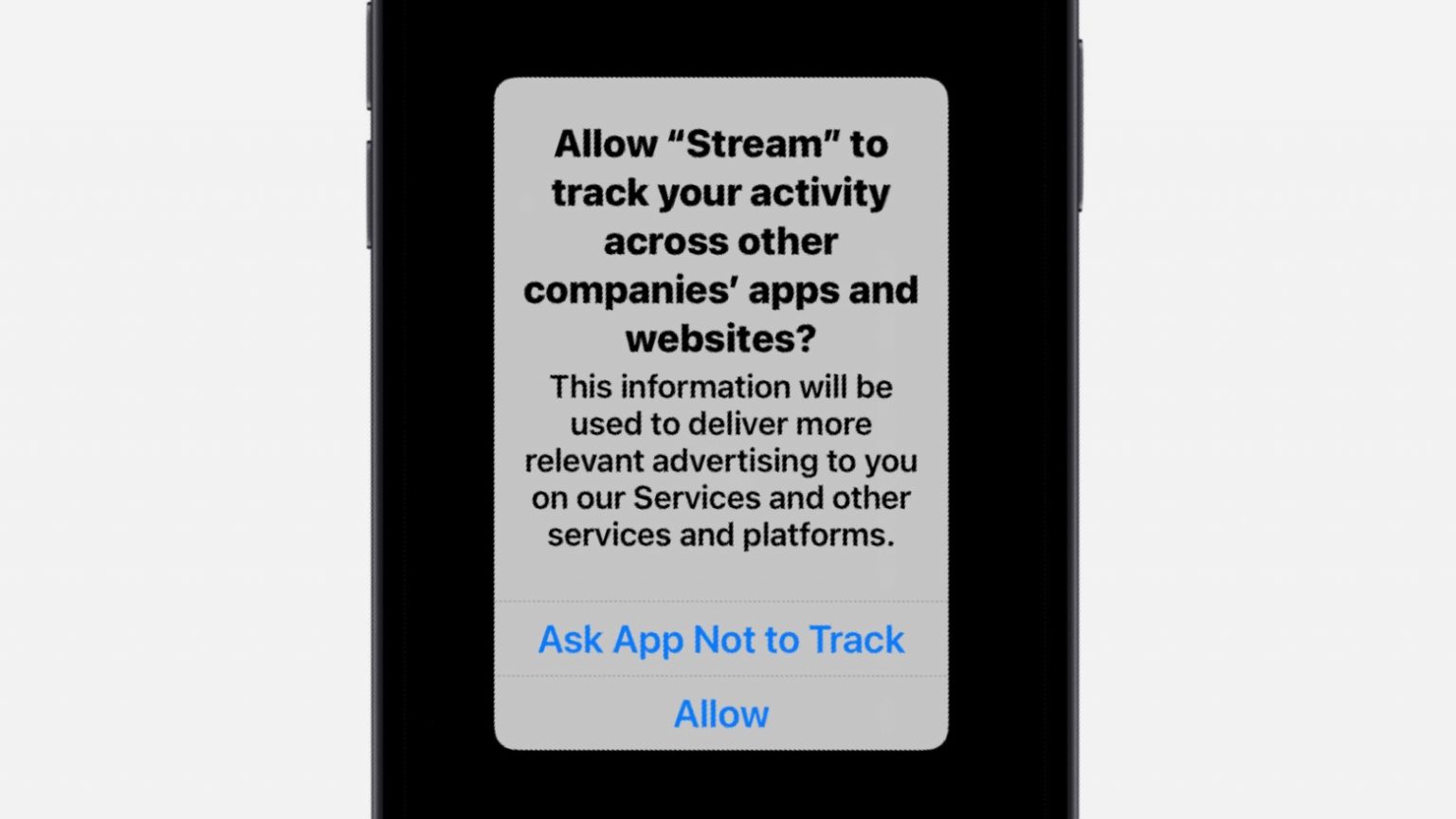Apple’s new App Tracking Transparency feature looks surprisingly popular with users — and potentially devastating to advertising. According to analysis by Flurry, just 4% of U.S. users allow apps to track them when given a choice.
The new privacy feature, rolled out in iOS 14.5 in late April, requires developers to ask for permission to use Apple’s Identifier for Advertisers tag to track users’ movements across websites and third-party apps. Flurry’s stats indicate a massive 96 out of 100 users in the United States denied that permission.
The rise of App Tracking Transparency
The App Tracking Transparency adoption numbers are based on a sample of 2.5 million daily mobile users. As Flurry notes, the percentage willing to be tracked increases slightly when looking at users internationally. Worldwide, 11% of users — out of a 5.3 million user sample — allowed apps to track them.
Just 2% of users in the U.S. totally disabled the “Allow Apps to Request to Track” feature in the Settings section of their devices. This increases only slightly to 4% worldwide.
It seemed obvious that giving people a direct way of opting out of tracking would have a noticeable impact on uptake. But I’m still surprised by the scale. Often, users don’t seem to prize privacy as highly as expected. Just look at the widespread usage of social media and other platforms that finance themselves via user data.
I also would have expected that a larger number of users would have selected the “Allow” option, based purely on muscle memory of defaulting to “Yes” on such questions to ensure that software works properly. It seems that I was wrong!
Want to use the feature yourself? Read our guide: How to stop apps from tracking you in iOS 14.5.
Why advertisers hate App Tracking Transparency
Apple first described App Tracking Transparency at its Worldwide Developers Conference last summer, calling it a significant feature of iOS 14. However, it took more half the operating system’s expected lifecycle for Apple to roll out the feature.
At this point, not all apps show the notifications, which ask users to give explicit permission to be tracked. Developers get to decide their own timeline for adopting App Tracking Transparency. However, until they do, they cannot access Apple’s Identifier for Advertisers, or IDFA, data.
If users opt out of tracking, it makes it more difficult for apps to deliver the targeted advertising that commands the highest rates. Critics of App Tracking Transparency say the lack of tracking will saddle users with less-relevant ads, deprive app developers of crucial income, and hamper businesses’ ability to connect with consumers.
According to a recent Apple report, the typical app contains (or contained) up to six trackers.
Unsurprisingly, App Tracking Transparency proved controversial, with Facebook leading the way in complaining about it. Facebook and advertisers maintain that App Tracking Transparency will hurt small businesses, and possibly consumers as well.
What do you think about App Tracking Transparency? What approach have you taken to deciding to allow or block IDFA access to different apps? Let us know your thoughts in the comments below.
Via: Apple Insider


